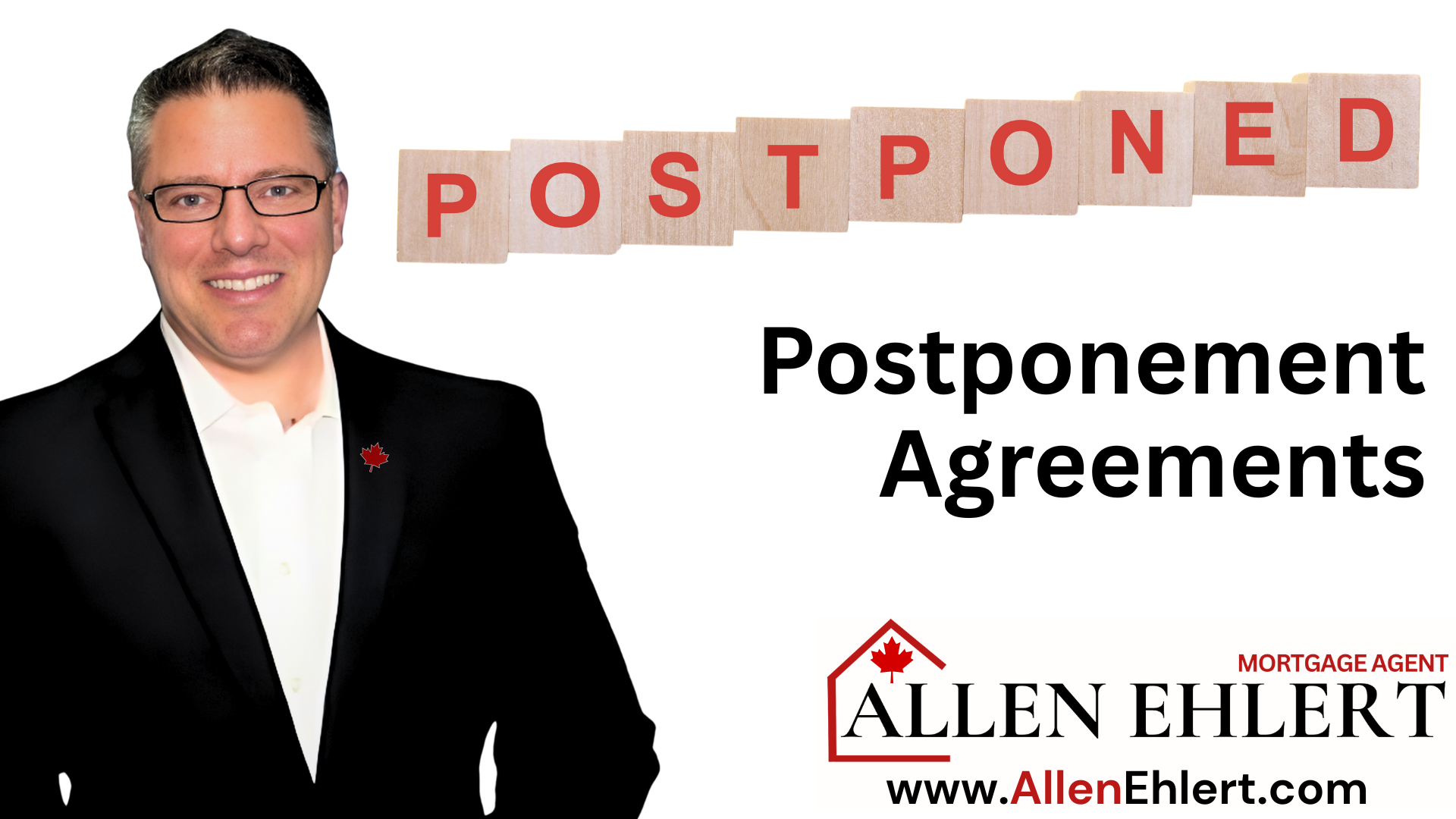So, you’re looking at housing options, and between sky-high rent and brutal home prices, you’re wondering if there’s a third door you haven’t opened yet.
Well, let me introduce you to an underrated gem that’s been quietly helping people live affordably for decades: co-operative housing — or co-ops, for short.
If you’ve never heard of them, don’t feel bad. They make up only a small slice of Canada’s housing market, and most of the ones around today were built back in the ’70s and ’80s. But the people who do live in co-ops? Many of them love it — not just for the lower housing costs, but also for the stability, the sense of community, and, in some cases, the freedom to spend their money on travel instead of rent or a mortgage. (Seriously — one resident put it this way: “I don’t have to pay a mortgage, so I travel!”)
So allow me to break this all down — because as a mortgage agent, I’ve had more than a few folks ask me, “Can I get financing for a co-op?” And my answer always starts with: “It depends.”
Types of Co-ops in Canada: Know Your Options
The Pros: Why Co-ops Can Be Awesome
The Cons: Co-ops Are Not for Everyone
Why Aren’t There More of Them?
So, What Is a Co-op?
At its core, a housing co-op (short for co-operative housing) isn’t like a traditional condo or house where you own your unit. Instead, you’re actually buying shares in a corporation — and that corporation owns the building or property. Those shares give you the exclusive right to occupy a specific unit. The co-op, as a legal entity, owns the building or property. You and your fellow residents are all members and co-owners.
You don’t technically own your suite, you’re a shareholder who has the right to live there as long as you follow the rules of the co-op.
You get a vote in how the place is run, you pay a monthly fee that covers operating costs (think maintenance, utilities, taxes), and as long as you follow the co-op’s rules, you can stay for as long as you like.
Think of it kind of like joining a club — but instead of tennis courts and dress codes, you get a roof over your head.
Sounds pretty good, right?
Types of Co-ops in Canada: Know Your Options
Not all co-ops are created equal, and this is where things can get a little technical — but stick with me:
Market Rate Co-ops
You pay a price based on market value to buy in, and your monthly housing charges are comparable to rent or a condo fee. These are the types you’ll find in Toronto or Vancouver, often in mid-rise or high-rise buildings. Sometimes, you can even sell your shares later at market value.
Non-Profit or Subsidized Co-ops
These are more community-oriented. Monthly housing charges are lower, and there’s often a mix of subsidized and market-rate members. You don’t build equity like in homeownership, and you can’t sell your unit for profit. The benefit here is affordability and community stability. These are more common in urban cores and are usually run by boards of directors made up of residents.
Equity Co-ops
Rare in Canada, but they exist. These are similar to market co-ops, but your shares might gain value over time — almost like a hybrid between a co-op and condo. You can sometimes get financing on these if the lender is familiar with the structure.
Rural or Seasonal Co-ops (Yes, Even in Cottage Country!)
Believe it or not, co-ops aren’t just apartment buildings in the city. In cottage country — think Haliburton, Lake Simcoe, Muskoka — you’ll find land co-ops with a dozen or so lots and shared lakefront or forested property. Each member gets a cabin or mobile home and helps manage shared services like wells or roads. You’re not getting a million-dollar boathouse, but if you want a peaceful retreat that won’t crush your retirement savings, these co-ops are worth a look.
The Pros: Why Co-ops Can Be Awesome
Well, aside from being one of the best-kept secrets in Canadian housing, co-ops offer a unique mix of affordability, stability, and community that’s getting harder to find these days. When buying feels out of reach and renting offers no long-term security, co-op living can hit that sweet spot in the middle. Whether you’re looking to lower your monthly costs, find a place where you’re not just a tenant but part of a community, or secure a long-term home without the pressure of skyrocketing mortgage payments, co-ops can deliver — and here’s how.
- Affordability
- Security of Tenure
- Community
- Cost Savings Over Time
- Lower Buy-In
Affordability
Let’s face it: housing prices have been off the rails. Co-ops can offer serious relief. You’re paying just enough to keep the building running — no landlord profit baked into your rent.
Security of Tenure
Nobody’s kicking you out to “renovict” your unit. You’ve got housing stability for the long haul.
Community
You vote on the budget, the rules, the repairs. You know your neighbours. People look out for each other. That sense of ownership? It’s real — even if you don’t hold title.
Cost Savings Over Time
According to the Quebec Co-op Confederation, even though the upfront costs to start a co-op today are higher, the long-term savings do add up. As housing prices rise, your monthly fees stay pretty manageable.
Lower Buy-In
The upfront cost to join a co-op can be significantly less than buying a condo or house — especially in older or non-profit buildings.
The Cons: It’s Not for Everyone
Now, I won’t sugar-coat it — co-ops aren’t all sunshine and low housing charges. While they offer some incredible advantages, they also come with a unique set of challenges that make them a bit more complicated than your average real estate deal. From tricky financing rules and the lack of equity building, to hands-on governance and limited availability, there are a few important trade-offs to weigh before jumping in. Here’s what you need to know before falling head over heels for co-op life.
- Financing Can Be Tricky
- You Don’t Build Equity (In Most Cases)
- Governance Can Be… a Lot
- Limited Availability
Financing Can Be Tricky
Especially with non-equity co-ops, traditional lenders won’t touch them. There’s no real estate to secure the mortgage; no lien to place against title. You’re often looking at personal loans or paying cash upfront. There are other solutions depending on your situation; contact me if you’re interested.
You Don’t Build Equity (In Most Cases)
That’s a dealbreaker for some folks. No chance to sell for a profit down the road.
Governance Can Be… a Lot
It’s a democracy, and you’re expected to participate. That can mean meetings, disagreements, and shared decision-making — not everyone’s cup of tea.
Limited Availability
With only around 95,000 co-op units in Canada (most of them apartments), and waitlists a mile long, it’s not like you can just browse co-op listings on Realtor.ca.
Why Aren’t There More of Them?
That’s the million-dollar question.
Back in the ’70s and ’80s, governments at both the federal and provincial levels invested heavily in co-ops. But then came the funding cuts in the ’90s, and the pipeline dried up. Today, governments are starting to take a fresh look — we’ve got a new Co-op Housing Development Program federally, and in places like Montreal, cities are even selling land at cost to support new co-op builds.
But — and this is a big “but” — setting one up is no walk in the park. A group of people needs to form a legal entity, find a site, get zoning approval, secure financing, hire architects… It’s a mountain of red tape. Still, organizations like the Quebec Co-op Confederation are pushing forward because they believe it’s worth it. And they’re not wrong.
So… Is a Co-op Right for You?
If you value affordability, stability, and community more than building personal wealth through home equity — absolutely. Especially if you’re okay with the idea of living somewhere long-term, being involved in governance, and not worrying about housing speculation.
But if your primary goal is capital appreciation, flexible financing, or full control over your property? You might want to stick to condos or freeholds.
Either way, I’m here to walk you through it. If you’ve come across a co-op you’re curious about — whether it’s a charming little cottage near Bancroft or a downtown Toronto mid-rise with 1970s character — let’s talk. I’ll help you figure out if financing is even possible, what red flags to watch for, and how it compares to more traditional housing options.
Because hey — in this market, exploring every door matters. And sometimes, that third door — the one labeled “co-op” — opens up a whole new world.












